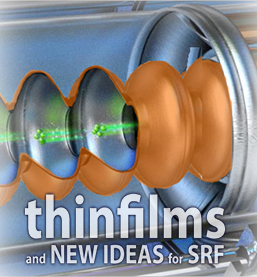Speaker
Description
Copper, niobium thin film coated, superconducting radiofrequency (SRF) elliptical cavities have demonstrated for several applications a strong potential as an alternative to bulk niobium ones. The present manufacturing techniques include electron-beam welding in order to join the half-cells and the cut-offs together. The weld lines can carry geometrical defects and induce porosities, which can in turn act as nucleation sites for defects in the subsequently grown Nb layer. Seamless methods are under development to avoid welding steps and improve the quality of the films, with the side effect of reducing the manufacturing costs. This study concerns a new alternative route where a cavity is built by electrodeposition of copper around a sacrificial aluminium mandrel. For this process no welding joints are necessary and also the flanges can be directly integrated in the electroforming step. For this purpose, two different electroforming procedures using either direct or pulsed plating have been investigated, leading to a high quality material exhibiting similar mechanical robustness, cryogenic properties and purity as the oxygen-free copper. Electron Backscatter Diffraction (EBSD) was used to study Geometrically Necessary Dislocation (GND) densities showing very low dislocation densities for samples extracted from a plated cavity. Finally, the fabrication process was validated with the production of the first 1.3 GHz electroformed cavity.

